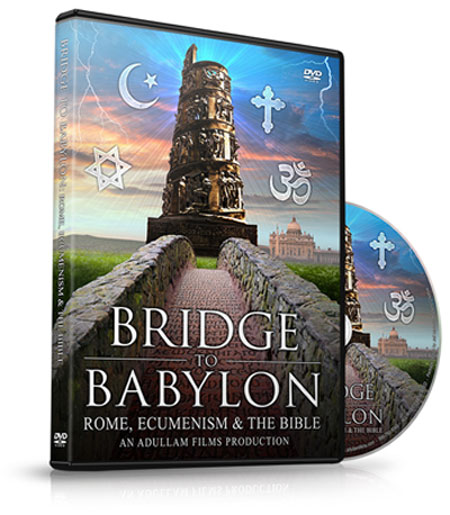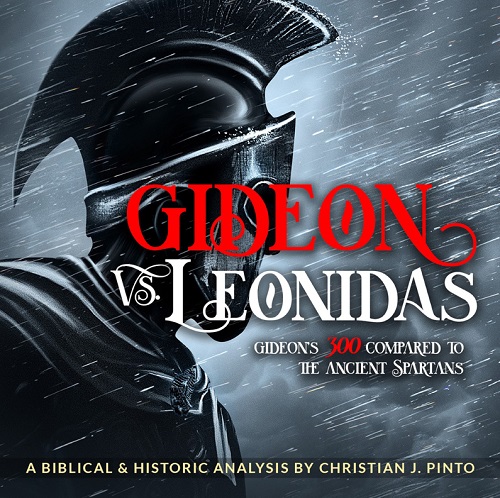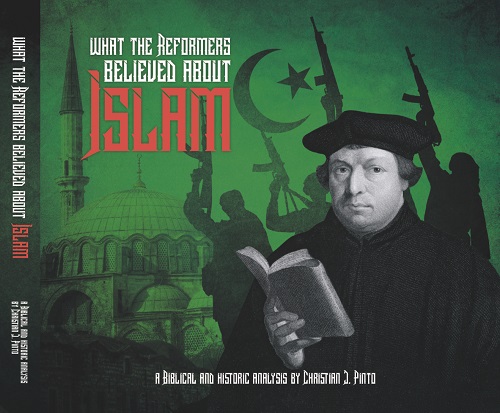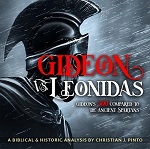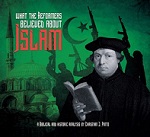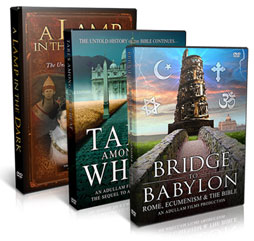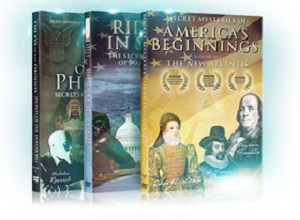JESUIT "UNBELIEVERS" EXHIBIT IN ROME
Chris discusses a new story about the Pontifical Gregorian University in Rome (a Jesuit institution) that has recently hosted an exhibit wherein both homosexuality and witchcraft were promoted, along with Humanism in open rejection of Christianity. The exhibit was titled “Unbelievers” yet was presented in a manner that both students and at least one priest at the institution found disturbing, one of them even calling the presentation “Satanic.” Yet for those who know the history of the Jesuits, it is not unusual, especially when one considers that the order has been accused of practicing witchcraft and Satanism since the days of Shakespeare in Elizabethan England. Also discussed is some of the sophistry involved at the university, in contrast to the teachings of Scripture.
THE ANTI-CHRISTIAN EQUALITY ACT
Chris discusses H.R. 5, known as the so-called “Equality Act 2019” which targets virtually every Christian and conservative in America, attempting to force our society at the point of a bayonet to accept nearly all forms of sexual perversion, regardless of personal beliefs. The proposed legislation appears to be the latest attempt by the Democratic Party to launch an all-out assault on the Christian community, which is almost always the target of the LGBT movement. While the resolution will not likely get past the Senate, it is disturbing to see the left push for such draconian legislation that would threaten religious freedom, freedom of speech and parental rights in the United States.
ENGLAND & EUROPE REPORT
Chris discusses his past week in the United Kingdom and parts of Europe, filming for our next documentary
on the origins of America’s Christian history. Fascinating interviews were gathered from a variety of experts in England, the Czech Republic, and Geneva, Switzerland. Also discussed is some of the history that is still retained and studied in universities and museums across Europe. What is the significance of the Hussite Wars? Who was the chief influence behind Jan Hus in the 15th century? Also discussed is the Reformation Wall in Geneva, Switzerland that tells the story of the progress of the Reformation and the struggle to advance Christian liberty throughout the Western world in particular. While promoting Wycliffe, Luther, Calvin and Oliver Cromwell, the stone panels eventually arrive at the signing of the Mayflower Compact at Plymouth. It seems clear that the monument’s designers in Switzerland saw the founding of America as the continuation of the great Reformation.
_____________________________________________________________________________________________________
UPDATE ON our next documentary: The True Christian History of America
“If we abide by the principles taught in the Bible, our country will go on prospering and to prosper; but if we and our posterity neglect its instructions and authority, no man can tell how sudden a catastrophe may overwhelm us and bury all our glory in profound obscurity.”
-- John Marshall, Chief Justice of the United States (1801-1835)
As many of our readers are aware, we have recently returned from our seven-day trip of filming over in the U.K. and Europe, gathering the final footage for our upcoming documentary on the origins of American freedom. If one studies the history of how the core principles of liberty were developed, there is no question but that they began with the recovery of the Bible from the time of John Wycliffe (1384) and the Reformation (1517); and from there, the progress of what was seen as Christian liberty continued all the way through the 19th century. The Christian worldview was found in the arguments of the abolition movement that ended slavery; and when the Civil War song, Battle Hymn of the Republic was written with the words “His truth is marching on …” there is no question that God’s truth as found in the Bible was intended. Consider the opening words to the song:
“Mine eyes have seen the glory of the coming of the Lord: He is trampling out the vintage where the grapes of wrath are stored …”
These are clear Biblical references to the Second Coming of Christ, and the winepress of the wrath of God mentioned in Revelation 14:19.
As we have shown in our other films on the history of America, it cannot be claimed that every person involved in the founding of our nation was a true Christian, in the biblical sense of what that means. While we believe that most of the early colonists were sincere believers in Christ, a number of the revolutionaries held to theological ideas that can only be called unorthodox, and at times, heretical. But as we will show in this film, the moral and political worldview of virtually all the revolutionary founders was operating on teachings that had been handed down for centuries by our Christian forefathers. Their beliefs and doctrines were collectively known as political Protestantism, a term used by Samuel Adams after signing the Declaration of Independence in 1776.
The concept of freedom of religion and freedom of speech, for example, can be traced back to the century just before the Reformation when Jan Hus had been burned at the stake for heresy. His real crime was preaching the Gospel of Jesus Christ and exposing the corruption in both church and state. Hus had been a follower of John Wycliffe, who translated the Bible from Latin into Middle English in the year 1384. In his introductory notes, Wycliffe wrote: “This Bible is for a government of the people, by the people, and for the people.” The reason is because he believed the common people have a right to be governed according to the laws of God, and that all earthly powers should be in submission to them. This is the real origin of the concept and belief in a declaration of God given rights.
Wycliffe’s teachings were officially condemned by the Council of Constance, and it was this same council that ordered the execution of Jan Hus in the year 1415. As a result, his followers (known as Hussites) were outraged, eventually resulting in what was called the First Defenestration of Prague (1419), during which certain Catholic officials were thrown out of a window and killed. Historians and commentators often compare what was done to the fate of Jezebel in the Old Testament (2 Kings 9:33). The event is said to have caused the king to die of heart failure and sparked the beginning of the Hussite Wars.
In the year 1420, the pope issued a bull calling for “the destruction of the Wycliffites, Hussites and all other heretics in Bohemia.” The papal forces laid siege to the city of Prague, but soon retreated. The Hussite defenders then developed the Four Articles of Prague. Because Hus had been silenced for his preaching, the first article declared that:
“The word of God shall be preached and made known in the kingdom of Bohemia freely and in an orderly manner …”
Nevertheless, this along with the rest of the articles were rejected. As a result, many other battles were fought, in which the Hussites prevailed against the armies of the Holy Roman Emperor again and again. Under the leadership of a one-eyed commander named Jan Zizka, the band of common farmers were turned into a mighty army and won a total of 16 battles in defense of their country and their liberty. In the 19th century, historian J.A. Wylie would write that:
“The Hussites present the first instance in history of a nation voluntarily associating in a holy bond to maintain the right to worship God according to the dictates of conscience.”
This provides a preview of some of the history we will explore in this new film. Of course, there is much more to the story, as events unfolded through the Reformation of the 16th century, and through the beginning of the American colonies in the 17th century.
One of the more interesting discoveries we encountered during our journey was the stone cut panels of the International Monument to the Reformation (a.k.a. the Reformation Wall) in Geneva, Switzerland that tell the story of events from the time of Wycliffe, to Luther, to the Huguenots, to Calvin, to Knox and eventually … the Mayflower Compact! It was clear that the designers of the monument believed that the landing of the Pilgrims in the new world was the continuation of the Great Reformation, which was exciting to see.
We believe it is important that we as Christians understand the history and heritage of our faith, especially since there are forces at work seeking to undermine Christianity and the principles of freedom throughout the Western world.
Below are some screen shots from the footage we gathered. We thank you for your continued support and ask for your prayers that the Lord will continue to help and guide our little ministry in doing the work which He has given us to do.
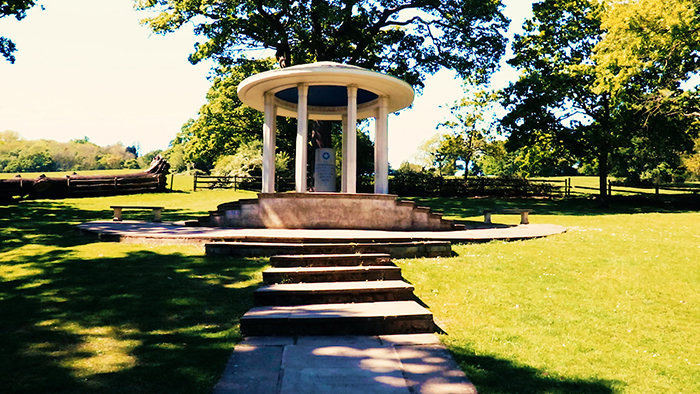
The Magna Carta Monument in Runnymede, England
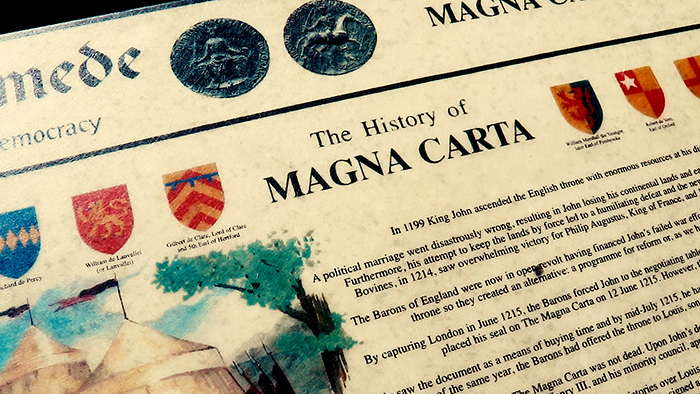
The monument reads that Runnymede was “the birthplace of democracy” because it was there that the great charter was signed in the year 1215 A.D. which limited the power of the king, and protected the rights of the people.
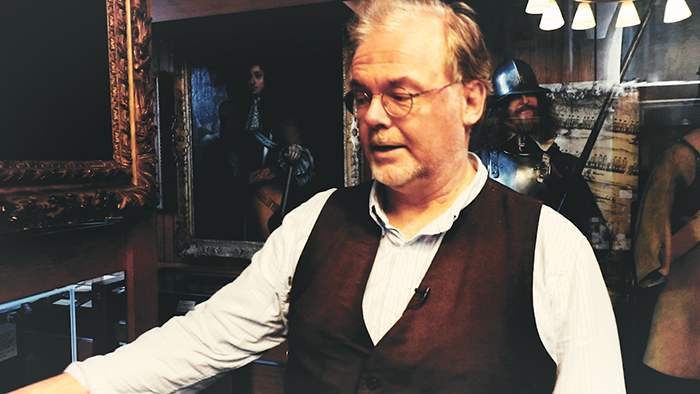
Stuart Orme, Curator of The Cromwell Museum in Huntingdon, England, explains the history of the some of the many artifacts pertaining to Oliver Cromwell.

An historic bust of Oliver Cromwell at the Museum. It was Cromwell who is credited with destroying the doctrine of the “divine right of kings.”
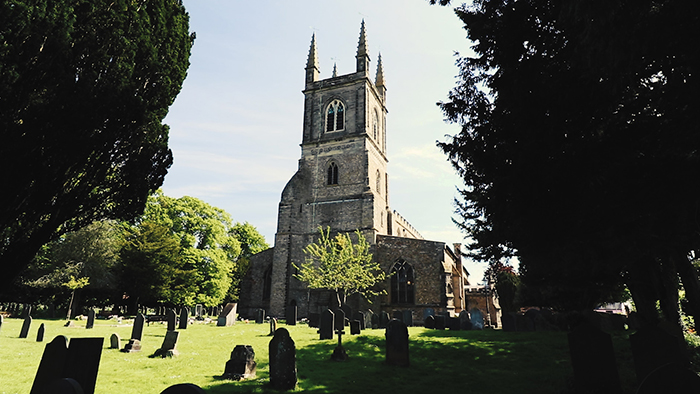
The Lutterworth Church in Lutterworth, England, where John Wycliffe served as the Rector until the end of his life. The church itself is more than 800 years old and the people we met there were truly wonderful..
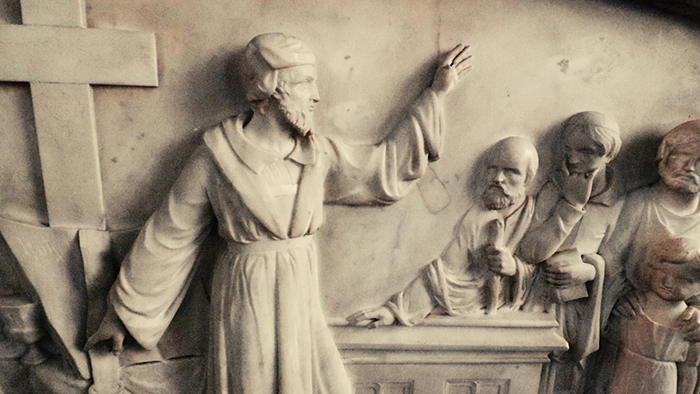
A memorial to John Wycliffe who translated the Bible from Latin into Middle English in the year 1384 A.D.
.jpg)
The engraved text of the memorial, remembering Wycliffe (WICLIF) as the “earliest champion of ecclesiastical reformation

Dr. Alan Marshall, Professor of History at Bath Spa University, England; he is also a member of The Cromwell Association and author of the book, Oliver Cromwell, Soldier: The Military Life of a Revolutionary at War. We interviewed Dr. Marshall for his historic insights on Oliver Cromwell and the English Civil War.

Memorial bust of Jan Zizka at the Hussite Museum in Tabor, Czech Republic. Zizka was the Hussite general who fought against the Inquisition to defend religious liberty during the Hussite Wars.

Dr. Zdenek Zalud, author and historian at the Hussite Museum in Tabor, Czech Republic. We interviewed Dr. Zalud for his expert knowledge on Jan Hus, Jan Zizka and the Hussite Wars.
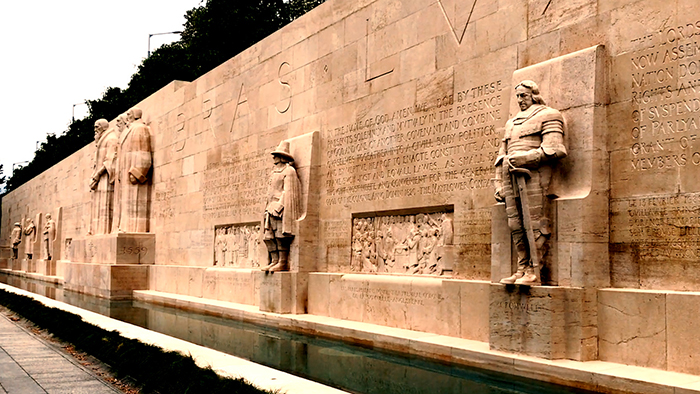
The International Monument to the Reformation, a.k.a. The Reformation Wall -- in Geneva, Switzerland. To the left are the images of Calvin and his chief supporters (William Farel, Theodore Beza and John Knox), while to the right is an image of Oliver Cromwell; and in the middle is the Puritan minister, Roger Williams who was the founder of the colony of Rhode Island.

In between the sculptures of Roger Williams and Oliver Cromwell is a bas-relief of the Mayflower Compact of 1620, beginning with the words, “In the name of God amen.” It is clear that the Swiss architects who designed the monument in 1909 saw the founding of America as a part of the Great Reformation.
|
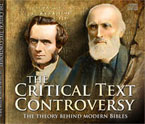
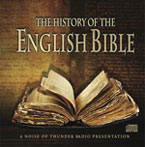

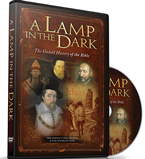
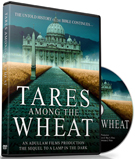






.jpg)





